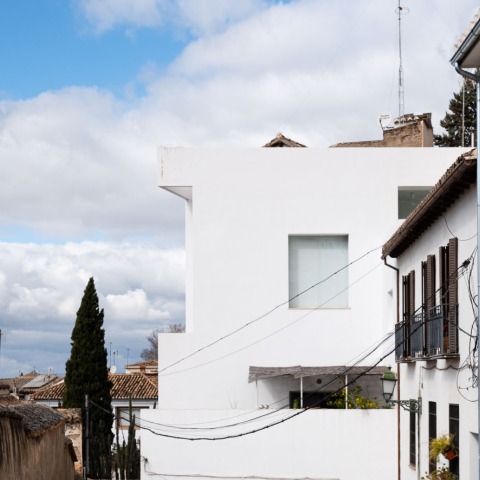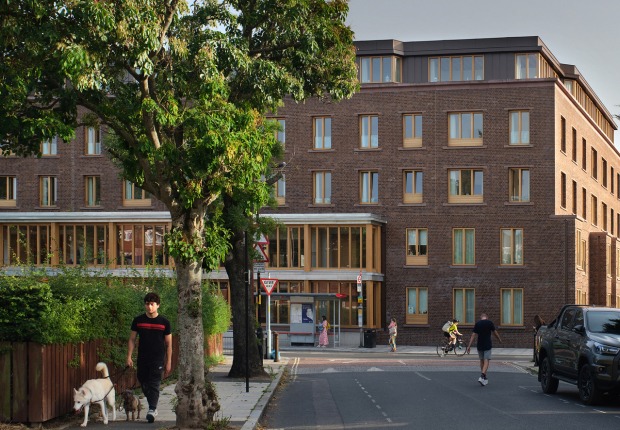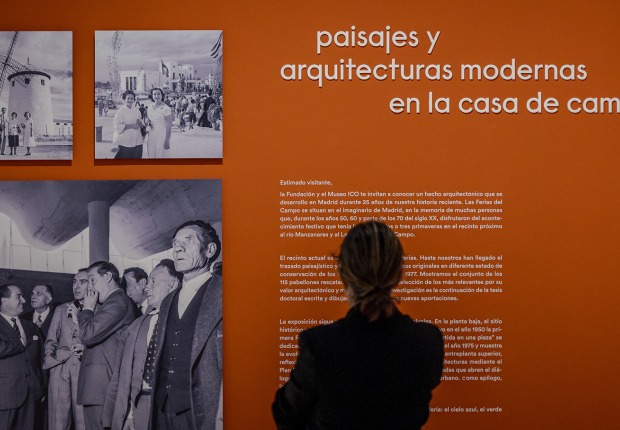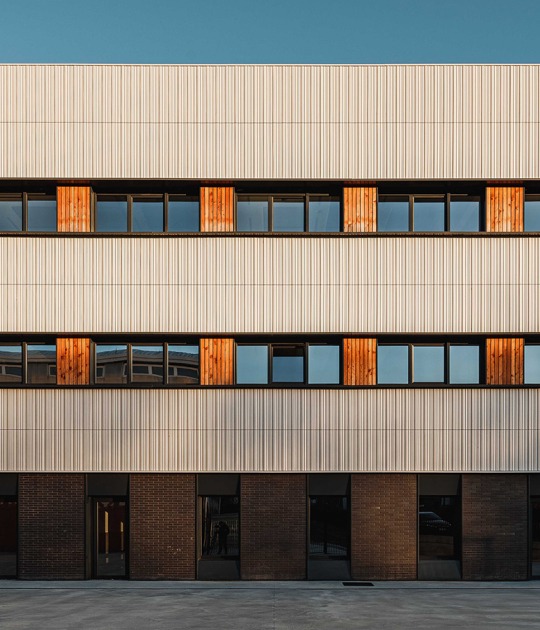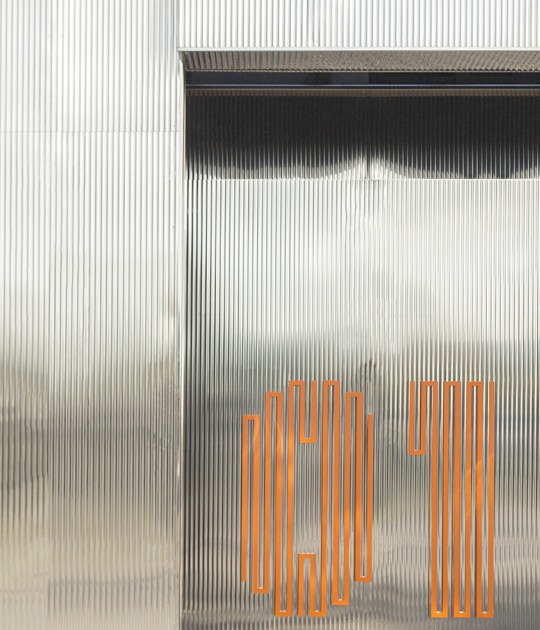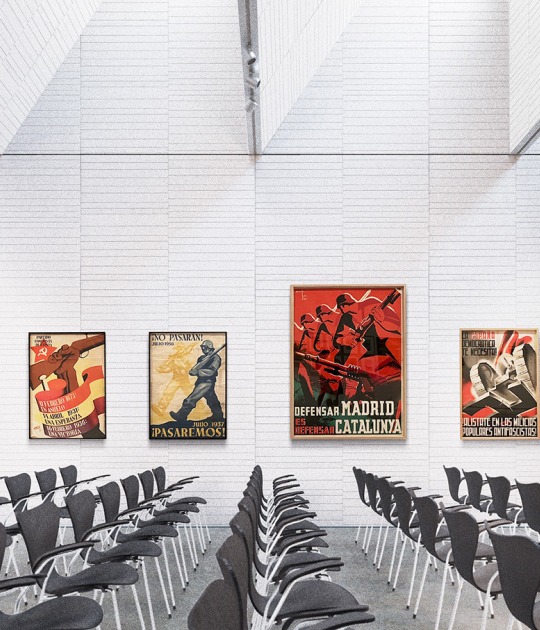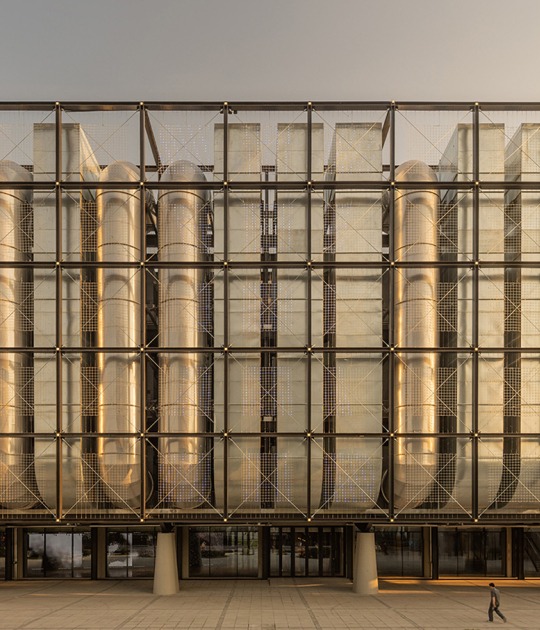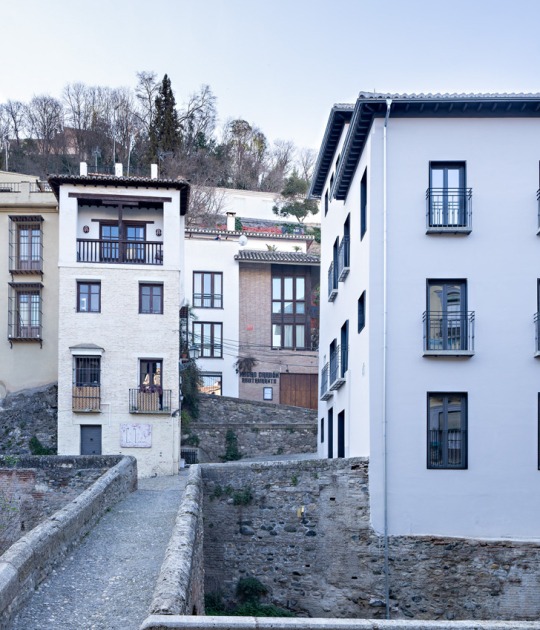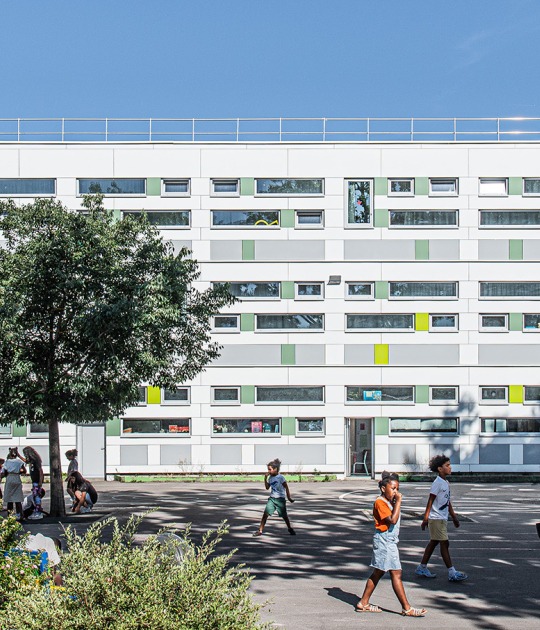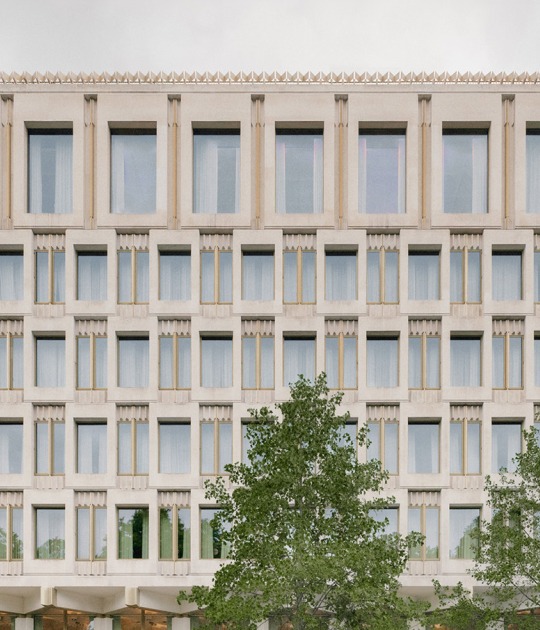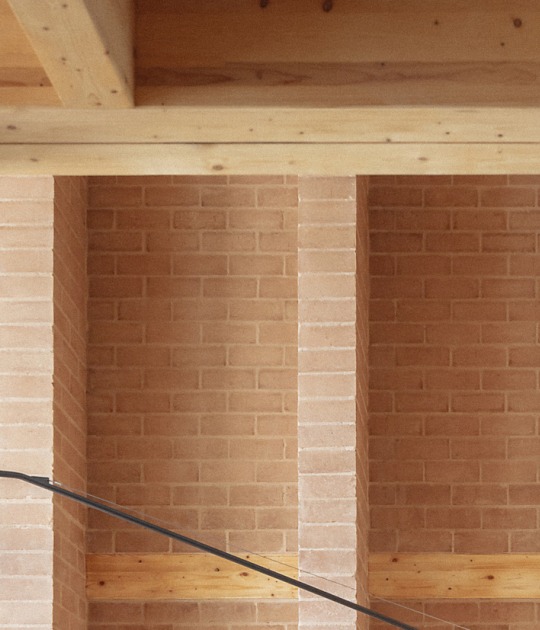
Guided by a criterion of rationality and economy of resources, the project by Elisa Varelo Arquitectura accepts the imperfect beauty of the existing structure and adapts to working under conditions of scarcity. The original retaining walls are preserved, only reinforced on the ground floor, while the wooden beams are ingeniously repurposed as garden benches.
As a small contribution to the fight against climate change, the house incorporates various outdoor green spaces that contribute to lowering temperatures and reducing the city's heat island effect. As a refuge from fast-paced city life, the renovation encourages close contact with nature by integrating a small pool that collects rainwater and serves as a cooling pad in the summer, and a vegetable garden located on the plot's highest terrace. Preserving the beauty of the planet and the surrounding area, rehabilitation is positioned as a reflection on a new culture of living that demands greater environmental awareness in a time filled with chaotic situations.

An invisible house in the Realejo by Elisa Varelo Arquitectura. Photograph by Fernando Alda Fotógrafo.
Project description by Elisa Varelo Arquitectura
In the heart of the Realejo neighbourhood, a house is restored on the Mauror hill, at the foot of the Alhambra. Facing southwest, it adapts to the terrain. Old retaining walls bridge a ten-meter slope, and the house rises as it climbs the hillside.
Parra de San Cecilio Street, located behind the city’s first parish, from which it takes its name, has no vehicle access. It is reached by stairs and has only odd-numbered houses. The white façade of number eleven is just another one, with regular openings, an eave, and nothing that sets it apart from the other houses except for its lack of ornamentation.

This work materializes an ethical stance: “Less is better” seeking to reduce its ecological footprint. Environmental awareness calls for a new way of living, and the urgent change needed is not the task of a few. All of us who share this small planet are responsible for building a better world.
This house aims to minimize waste, recycle, reuse, recover, avoid excess, embrace what exists, and adapt to working with scarcity. By eliminating any superfluous gestures, it accepts invisibility and, at every scale, chooses to preserve the beauty of the planet and its landscape rather than impose its own.

Margarita Yourcenar wrote in her book Memoirs of Hadrian that “each person is eternally bound, in the course of their brief life, to choose between tireless hope and prudent lack of hope.” In a time filled with chaotic situations: environmental crises, a global pandemic, ecological disasters, fires, volcanic eruptions, and wars, it seems difficult to hold on to hope. Those who choose it soon discover that within hope lies great beauty, which becomes their ally in these difficult times we are living through. Times in which architecture is called to be epic poetry.
It is built upon what exists, destroying as little as possible and building as little as possible. The original retaining walls are respected, only reinforced on the ground floor due to poor conditions and structural requirements.

The renovation is guided by principles of rationality and economy of resources. It embraces the imperfect beauty of the existing and does not hesitate to reuse materials. This is seen in the wooden beams that become garden benches, and in the discarded marble piece from the quarry, which, embedded in the wall, serves as a table and birdbath.
Natural and simple materials are chosen, as few as possible: wood, marble from the nearby quarries of Macael, and, as the protagonist, the light of Granada.

With the exception of the first part of the roof covered with Arabic tiles, required in the historic center of Granada, the rest is turned into a green area, featuring a system that reuses shower water to ensure irrigation of the garden and the vegetable patch even during the summer months, without additional water consumption.
The green areas allow for outdoor living and a connection with nature, offering an alternative to the speed and noise of the city. A small pool that collects rainwater serves to cool off in the summer.

The vegetable garden on the highest terrace of the plot enjoys excellent sunlight and views over the city and the Sierra Nevada. A tree has been planted at each level of the garden: a magnolia, a lemon tree, and a pomegranate tree. An existing vine and bougainvillea complete the ensemble.
The green areas, irrigated with recycled water, help lower the temperature and reduce the urban heat island effect. A small yet meaningful contribution to the fight against climate change.
